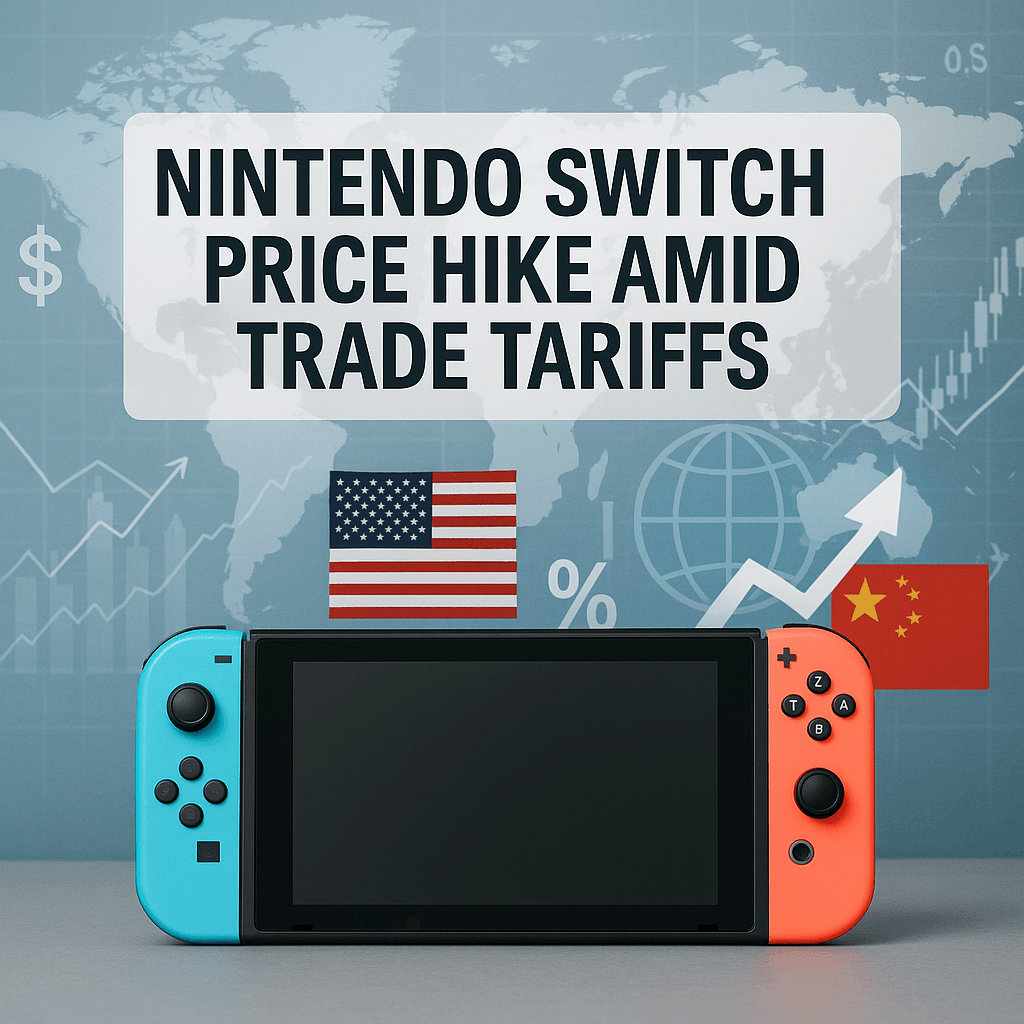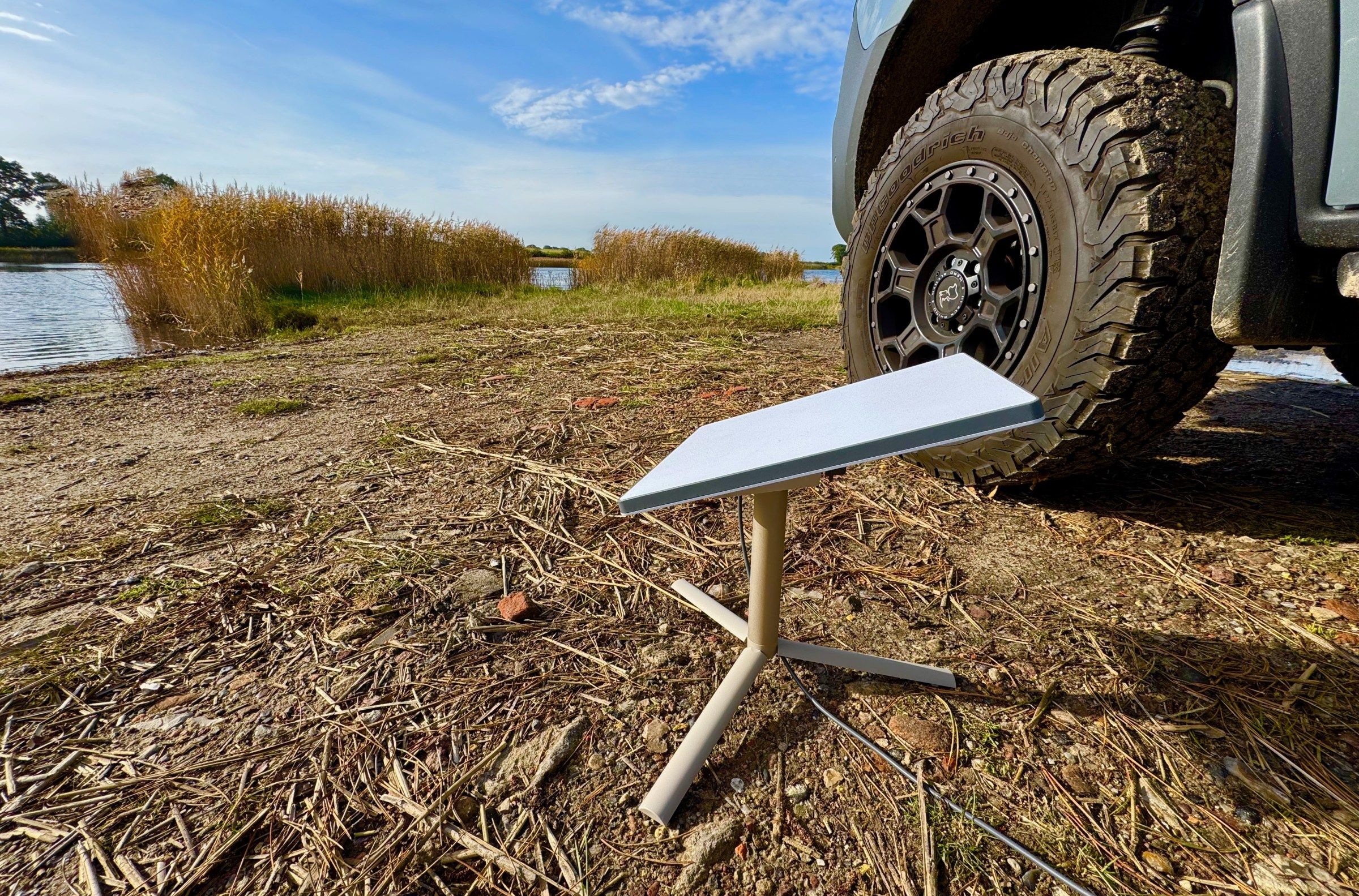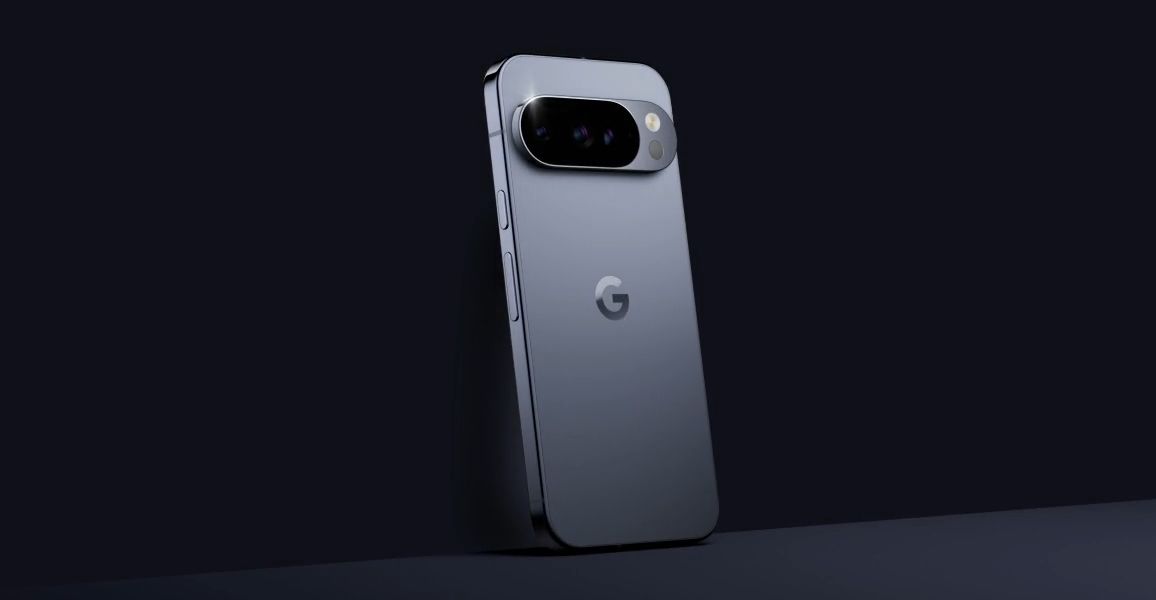TL;DR
- - Nintendo raises original Switch price due to tariffs
- - New trade tariffs range 10% to 41%
- - Potential future price adjustments anticipated
- - Strategic insight: Monitor tariff shifts impacting tech pricing
Nintendo has announced a price increase for its original Switch console in the U.S., a decision influenced by current trade tariffs and market conditions. This development is significant as it not only affects consumer choices but also reflects broader economic impacts from shifting trade policies.
Opening Analysis
Nintendo recently declared a price increase for its original Switch console lineup in the United States, effective August 3. This hike comes as part of a reaction to shifting trade tariff policies under the Trump administration, which have seen new tariffs on multiple countries ranging between 10% and 41%. With tariffs in a fluid state, this decision poses immediate repercussions for U.S. consumers and Nintendo’s competitive positioning in the gaming industry.
Market Dynamics
The gaming industry faces increasing pressure as geopolitical factors play into pricing strategies. Nintendo joins other tech giants navigating the turbulent waters of trade tariffs that are reshaping the competitive landscape. The decision to raise prices illustrates an alignment with market conditions, aiming to maintain profitability against escalating import costs.
Technical Innovation
The impact on Nintendo goes beyond price adjustments. While the original Switch sees a price increase, the newer Switch 2 maintains its launch price. Regardless, Nintendo has stated that future adjustments could occur, signaling heightened sensitivity to manufacturing and logistics costs which are greatly influenced by current geopolitical tensions.
Financial Analysis
Nintendo reported strong fiscal first-quarter earnings, bolstered by the successful launch of Switch 2 with 5.82 million units sold since June. However, maintaining or increasing pricing on older models may impact sales volume as consumers evaluate cost against newer technology options. Analysts question whether Nintendo's forecast of 15 million Switch 2 sales is conservative, considering these headwinds.
Strategic Outlook
For investors, monitoring U.S. trade policies is crucial as they could further influence Nintendo's pricing strategy and profitability. The interplay of tariffs and tech pricing strategies highlights both risk and opportunity in stock evaluations. Businesses and consumers alike should brace for potential fluctuations as international trade strategies evolve.











